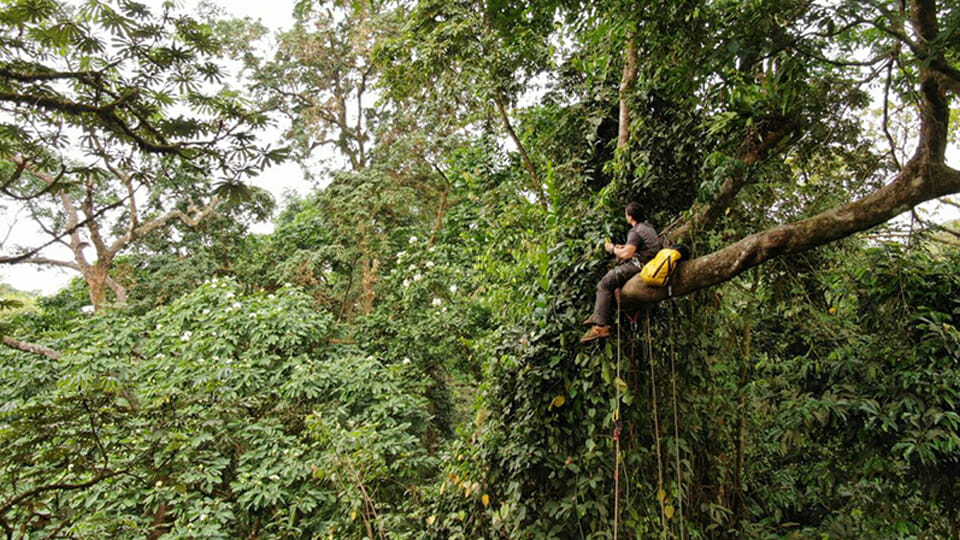Purdue launches AI forest mapping project
Subscriber Benefit
As a subscriber you can listen to articles at work, in the car, or while you work out. Subscribe Now
Purdue University researchers are receiving $870,000 from the World Resources Institute to study global forest carbon accumulation rates. The research team, led by Purdue’s Jingjing Liang, is using the two-year grant to develop an artificial intelligence model that uses satellite and geospatial data points to map local forest growth rates throughout the world.
“To accurately capture the carbon accumulation rates of forested ecosystems across the world has always been a challenging task, mostly because doing so requires lots of ground-sourced data, and currently such data are very limited to the scientific community,” said Liang, associate professor of quantitative forest ecology and co-director of the Forest Advanced Computing and Artificial Intelligence Lab.
According to the university, ground-sourced forest inventory data measured at various points in time is currently the only source of information for accurate quantification of the three main forest growth components: ingrowth, upgrowth and mortality.
“Even the most advanced satellite sensor can’t capture this reliably on its own, especially in older forests where the signal saturates,” said Nancy Harris, research director of the Land & Carbon Lab at the World Resources Institute, a nonprofit research organization based in Washington, D.C. “A forest stops getting taller long before it stops accumulating carbon.”
“This task is considerably more challenging than mapping carbon emissions from forest loss,” says Harris. “With emissions, there’s a clear signal in satellite imagery when trees are cut, leading to a big drop in forest carbon stocks and a relatively abrupt pulse of emissions to the atmosphere. With sequestration, forests accumulate carbon gradually and nonlinearly.
Liang says the team’s model will be the first AI-based forest growth model deployed at a global scale. In addition to carbon dynamics, Purdue says Liang’s model will also capture and quantify the dynamics of forest biodiversity and timber quality.
“We are going to collect much more data, especially from the global south, to fill those data gaps,” Liang said. “We will get more people involved, especially those from underrepresented groups.”
